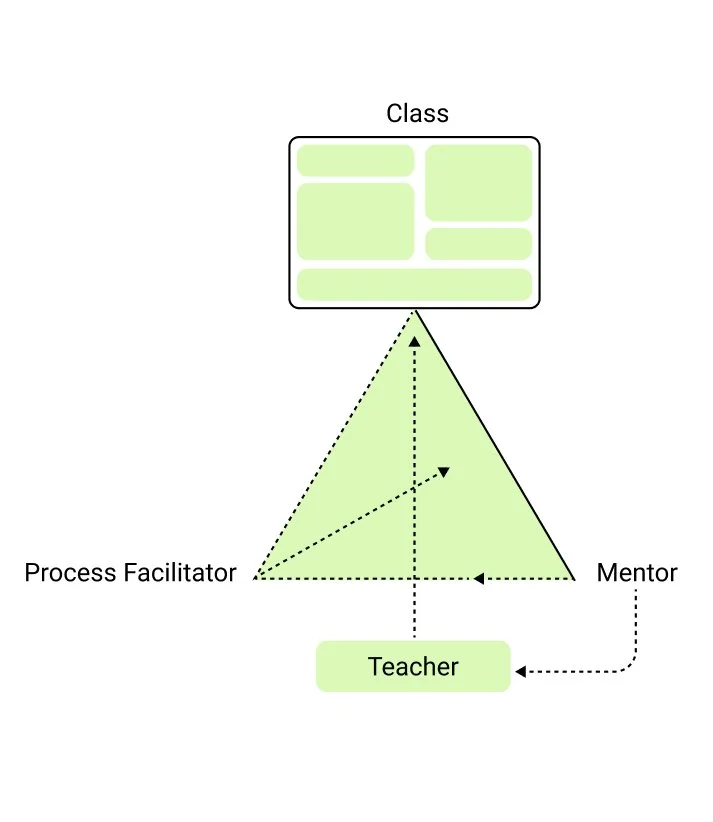For educators
Every person is in control of his or her own possibilities. The word ‘every’ always refers to the person who can do less.
So the starting point is that parents follow the development and the process of the child. Letting the child choose for itself gives her or him responsibility and parents get a much better view of their own child’s development.
A scenario at school
School takes up a significant amount of time during a certain phase of our lives. Teaching, learning, and the results achieved in the form of grades are of central importance during this time. Today's school system is heavily focused on grading. Teachers often lead large classes and are expected to impart knowledge to the students.
The reality in schools, however, is that classroom disruptions often occur. Students aren't paying attention, talk among themselves, annoy each other, and even escalate into physical confrontations. Teachers are focused on imparting knowledge and are often overwhelmed by the diverse social interactions in the classroom.
The application of the WKS model in schools establishes a balance between communication skills and knowledge transfer. Students are supported in developing their communication skills, even in difficult situations.
The implementation of the WKS model enables the teacher to maintain control over a class and to focus on the students' development process – both didactically and communicatively. According to the WKS model, a teacher acts as a daily facilitator. In this role, they empower students to develop their own solutions. The teacher examines the students' solutions and, if necessary, adjusts the decision-making framework. Another teacher plays the role of process facilitator. The process facilitator always remains outside the problem. They support communication between teachers and students, and between students themselves, without expressing their own opinions.

